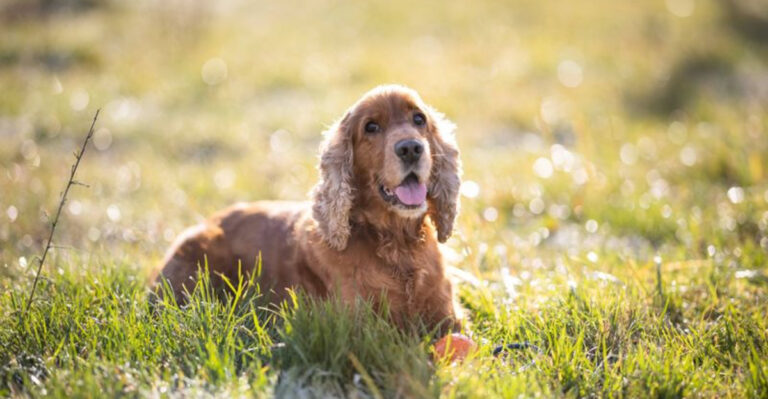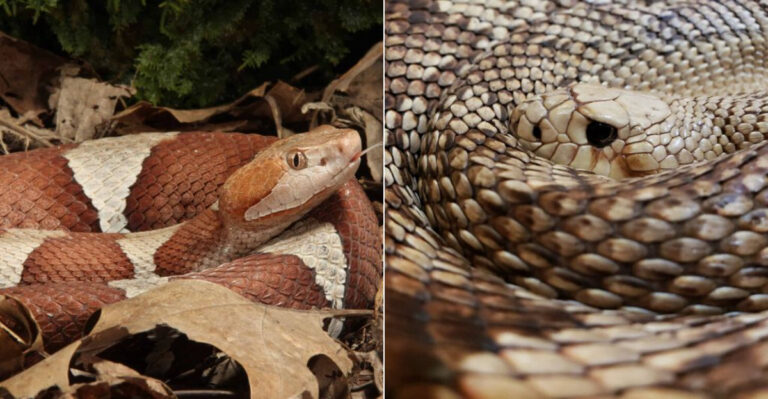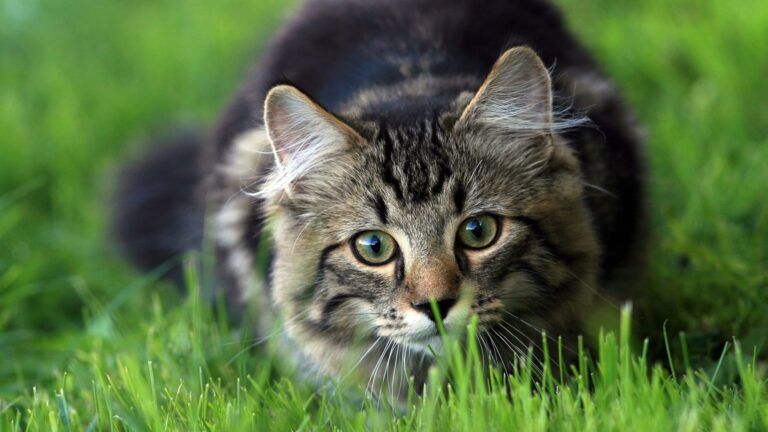Why Do Cats Sleep So Much? 16 Fascinating Reasons Explained
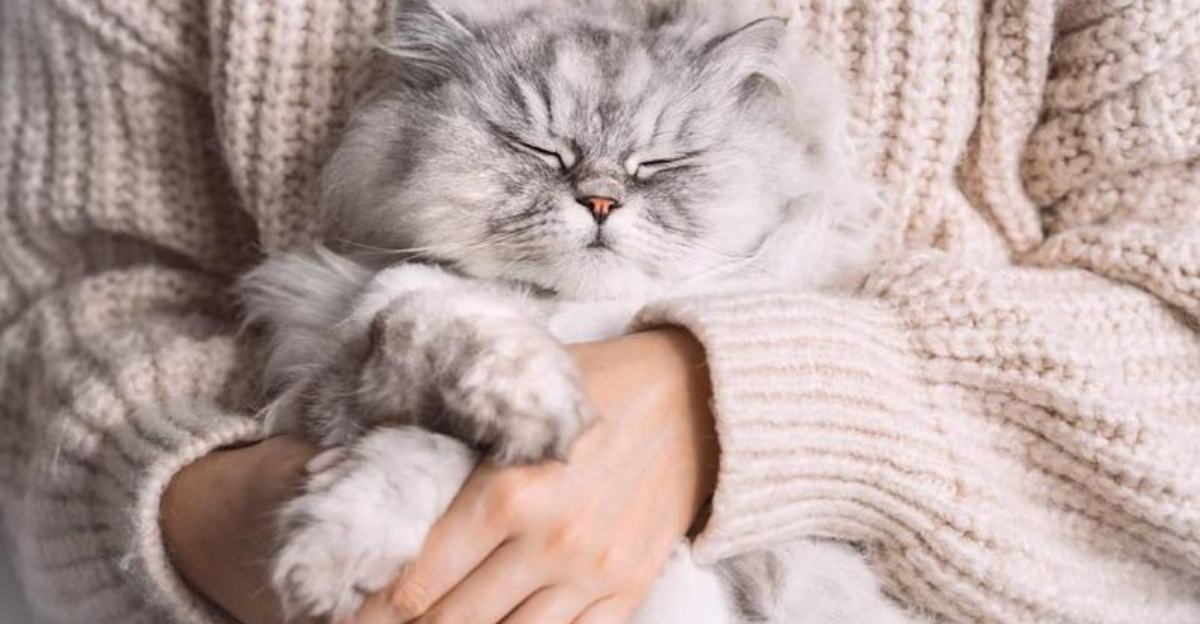
If you’ve ever watched a cat nap through the day, you might wonder if they ever do anything else. With dreamy eyes and gentle purrs, cats seem to have mastered the art of relaxation.
But why do they sleep so much, and what secrets do their catnaps hold? Let’s journey through the whimsical world of feline slumber and uncover these fascinating reasons behind their snooze-fest.
Prepare for a delightful mix of science, behavior, and a sprinkle of mystery!
1. Built-In Predators’ Rest
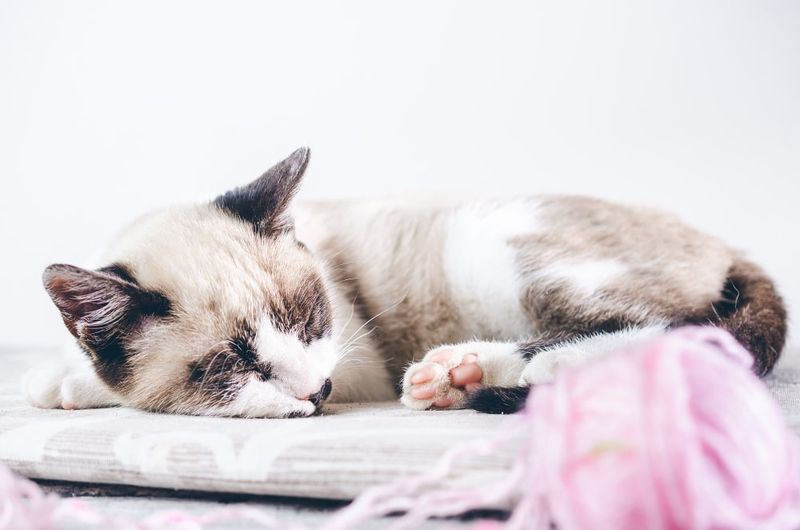
Cats are natural-born hunters, and their sleep patterns reflect this primal trait. These little predators catch their z’s in short bursts, always ready to pounce at a moment’s notice.
Their slumber is more of a light nap than a deep sleep, allowing them to stay alert to their surroundings.
In the wild, this keeps them sharp and ensures they never miss an opportunity to chase down a potential meal. Isn’t it fascinating how their predatory instincts shape their sleepy habits?
2. Energy Conservation Experts
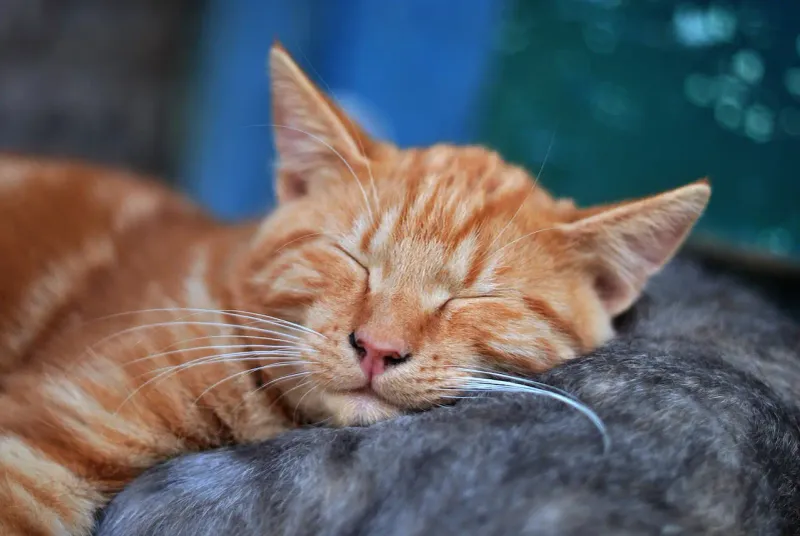
Ever notice how your cat seems to bask in the sun for hours? They’re not just being lazy! Cats are masters at conserving energy, often sleeping 12 to 16 hours a day.
This energy-saving strategy is a survival tactic they inherited from their wild ancestors. By resting, they store energy for hunting and other activities.
Talk about living the efficient life! Whether it’s lounging in a cozy patch of sunlight or taking a catnap on your lap, they’re always planning for the next big adventure.
3. Master Of Cozy Nooks
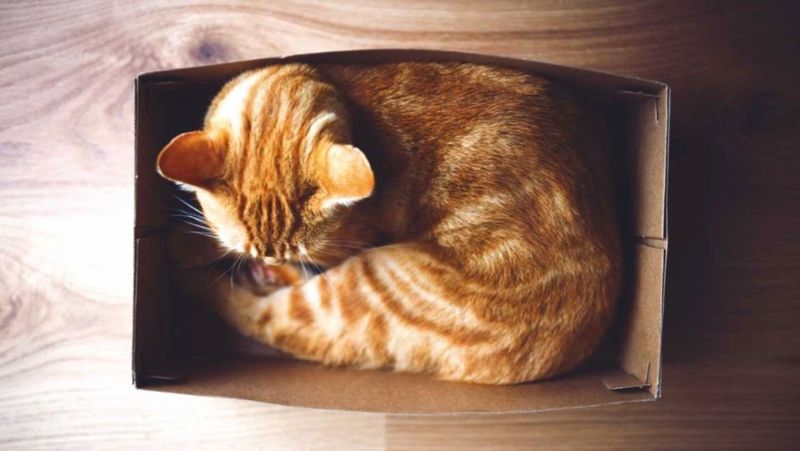
If a snug spot exists, a cat will find it. Cats are the ultimate connoisseurs of comfort, often nestling into the smallest of spaces to catch some shut-eye.
This behavior stems from their wild ancestors, who sought secure places to rest and hide from predators. Their choice of sleeping place is strategic, offering warmth and protection.
So when your feline friend curls up in a shoebox, they’re just channeling their inner wildcat instincts.
4. The Warmth Seekers
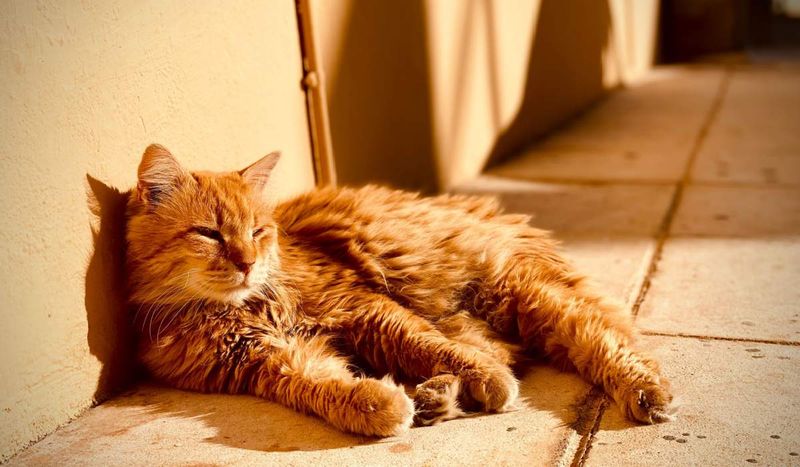
Warmth and cats are a match made in heaven. Ever notice how a cat always finds the sunniest spot to nap? Their love for heat isn’t just about comfort – it’s a throwback to their desert-dwelling ancestors.
Sunbathing helps regulate their body temperature and aids in digestion.
So, the next time you see your kitty sprawled out in a warm spot, remember they’re just tapping into their ancient instincts, all while enjoying the toasty embrace of the sun.
5. Dreamland Explorers
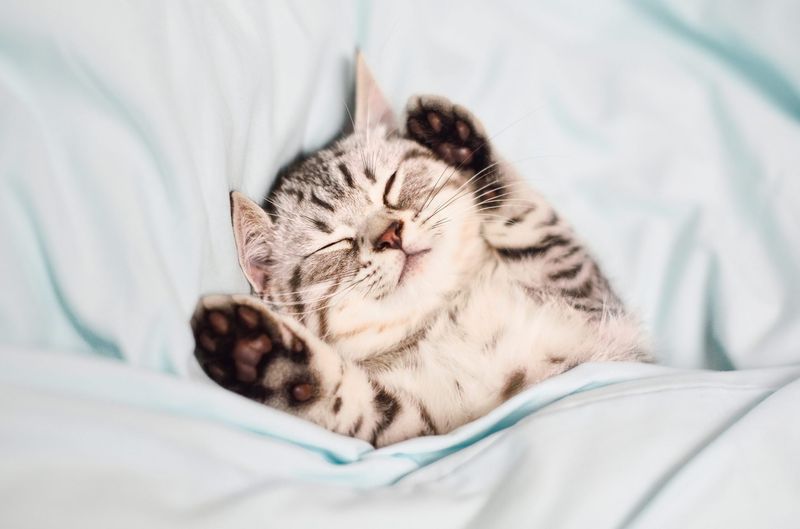
Cats dream just like humans do! While they sleep, they enter a phase called REM (Rapid Eye Movement) where they can dream vividly. You might notice their paws twitching or whiskers quivering.
This dream state is believed to be a sign of a healthy sleep cycle, helping them process the day’s events and stay mentally sharp.
Isn’t it adorable to think they might be dreaming of grand adventures or mischievous antics? Cats truly are the dreamers of the animal kingdom.
6. Security In Slumber
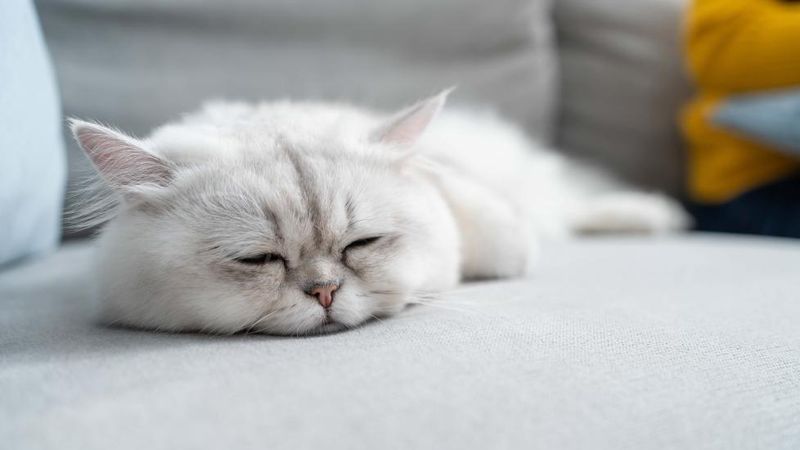
Cats may sleep a lot, but they’re far from defenseless during their slumber. Even in deep sleep, they’re on high alert.
This light sleeping allows them to stay aware of their surroundings, ensuring they can quickly respond to any threats.
It’s a survival mechanism passed down through generations. So, when you see your cat napping with one eye open, they’re simply safeguarding themselves.
You never know when a surprise might arise, even in dreamland!
7. The Night Owls
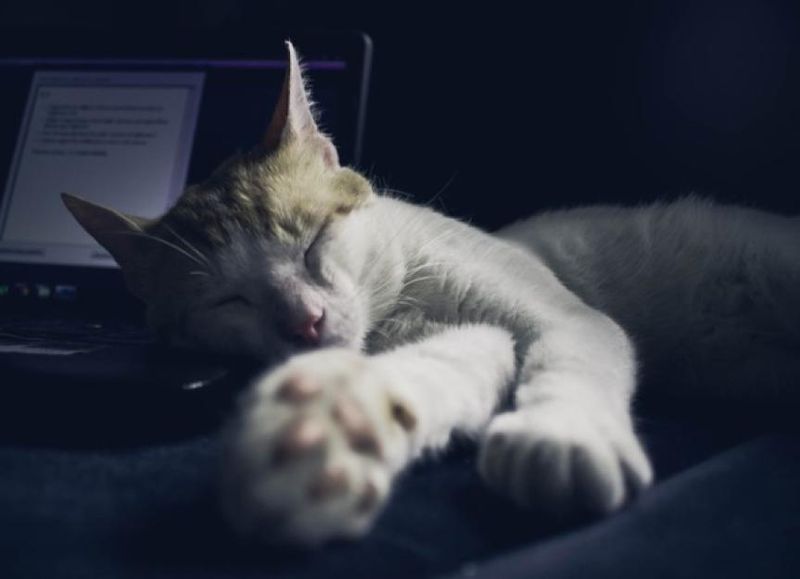
Cats are crepuscular creatures, meaning they’re most active during dawn and dusk. This is when they hunt and play, which explains their bursts of energy during these times.
During the day, they save their energy by sleeping. This nocturnal lifestyle is a trait inherited from their wild ancestors.
So if your kitty seems to be more of a night owl, prowling around when the sun sets, they’re just following their natural instincts.
8. Stress-Free Snooze
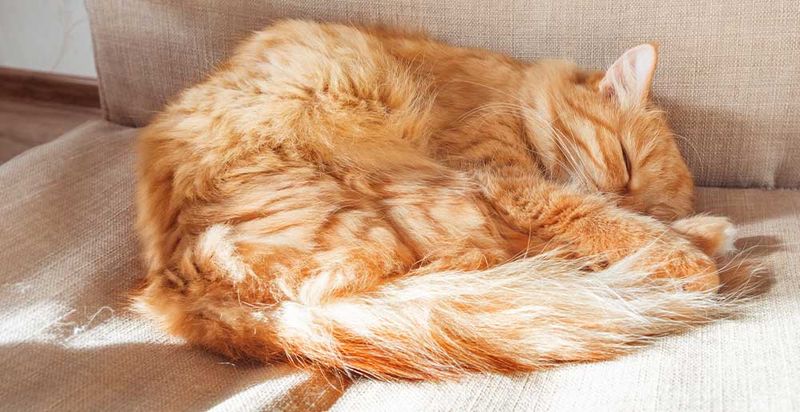
Cats love their routines and thrive in a stress-free environment. A calm and predictable setting encourages them to sleep more soundly.
When a cat feels secure and loved, it reflects in their sleep behavior. So, if your feline friend is snoozing peacefully, it’s a sign of a happy cat!
Providing a stable home and regular feeding times contribute to their relaxed demeanor. Ever notice how a content cat purrs softly in their sleep? That’s the dream life!
9. Feline Growth And Healing
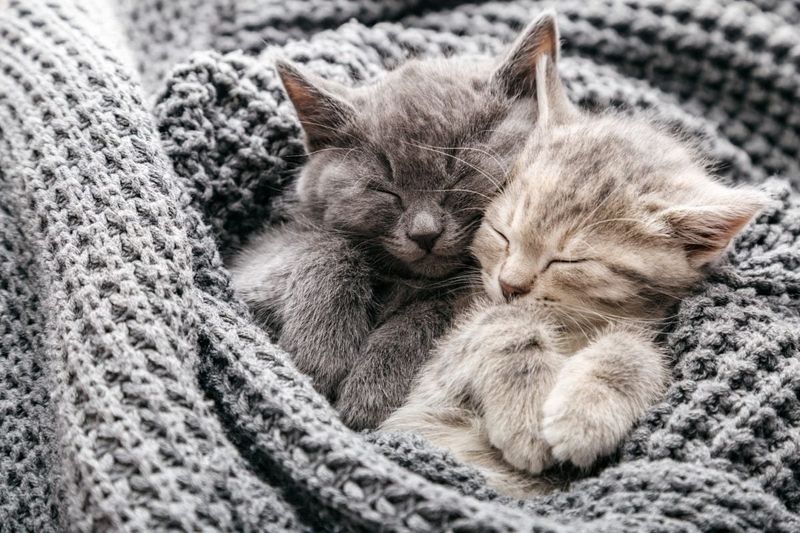
Growing kittens need plenty of rest, just like human babies. Sleep is crucial for their development, aiding in muscle growth and brain development.
During sleep, their bodies release growth hormones that help them mature. This healing time is essential for recovering from play and growing into strong adult cats.
If you’ve got a kitten, you’ll notice how much they sleep! Rest assured, they’re building the foundation for a healthy life.
10. Weather Wizards

Ever notice how your cat sleeps more when it rains or the weather turns dreary? Cats are sensitive to weather changes and often sleep more in response.
Their instincts tell them that conserving energy is wise when conditions might not be ideal for hunting or playing.
So, when it’s gloomy outside, your feline friend is likely enjoying a few extra catnaps. It’s like they have their own little barometer, predicting the weather with a cozy curl-up!
11. The Social Nappers
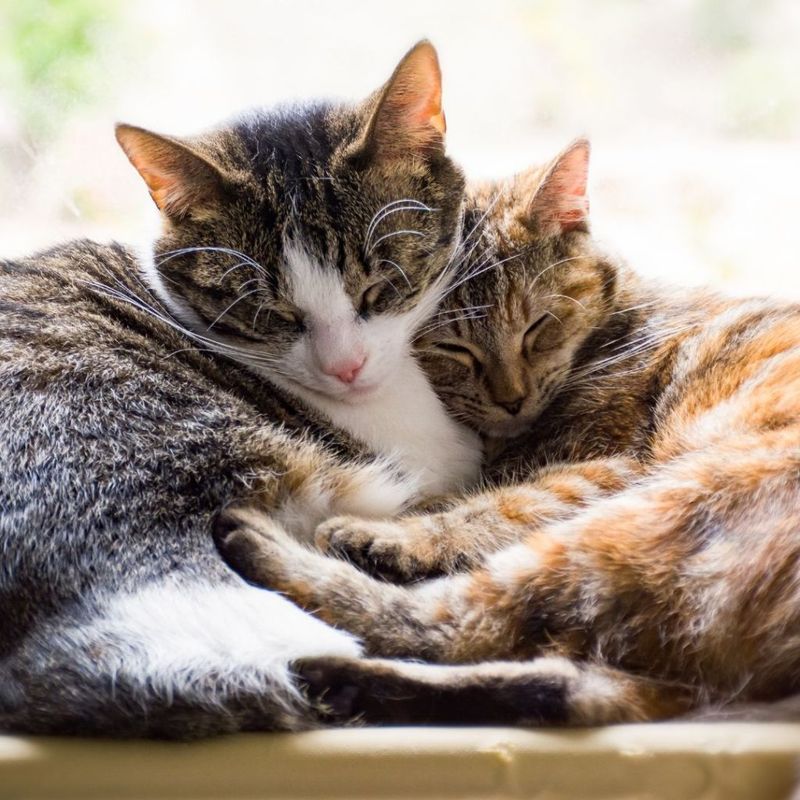
Cats aren’t always the solitary creatures we think they are. In multi-cat households or cat colonies, they often nap together, sharing warmth and companionship.
This social sleeping is a sign of trust and bonding. It mirrors the behavior of lions in the wild who nap in groups called prides.
If you’ve got more than one cat, you might see them snuggling up together for a nap. It’s not just about warmth; it’s a sign of kitty camaraderie!
12. Purrfect Healing Vibes
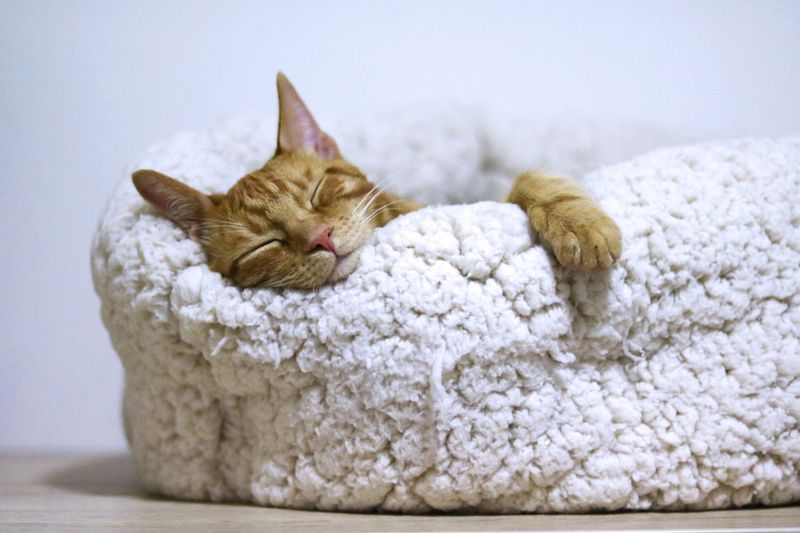
Ever notice your cat purring as they drift off to sleep? That soothing sound isn’t just for show. Purring can help cats heal, reducing pain and stress while promoting bone regeneration.
It’s like their own built-in relaxation therapy! When your cat purrs contentedly in their sleep, it’s a sign of happiness and healing.
So, the next time you hear that gentle rumble, know that your feline friend is enjoying some purr-therapy.
13. Adaptable Sleep Patterns
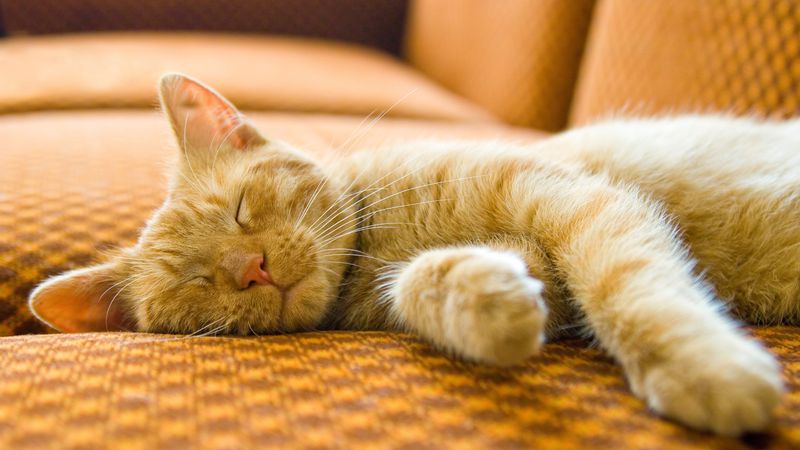
Cats are incredibly adaptable creatures, and their sleep patterns can change based on their environment. Moving to a new home?
They might sleep more as they adjust to their new surroundings. These flexible sleep habits allow them to cope with changes and stressors, gradually settling into a routine.
This adaptability ensures they can thrive in various settings, whether it’s a hectic household or a quiet retreat.
14. The Mimic Masters

Ever caught your cat sleeping in the same position as you? Cats are great mimics and often copy their human companions’ behaviors.
This includes how and where they sleep. Imitating your sleep patterns is a way for them to bond with you, reflecting the close relationship you share. It’s their way of saying, “I trust you and feel comfortable.”
So, when you find your cat mirroring your napping habits, take it as a compliment from your feline friend!
15. Boredom Breaks

Cats are curious creatures, but even they get bored! When there’s nothing exciting to chase or explore, your feline friend might opt for a nap.
Sleeping becomes a way to pass the time until something interesting happens. This boredom-induced sleep helps them conserve energy for future play or exploration.
All in all, if your cat seems to nap out of sheer boredom, it might be time to introduce a new toy or play session to liven up their day.
16. Natural Loners
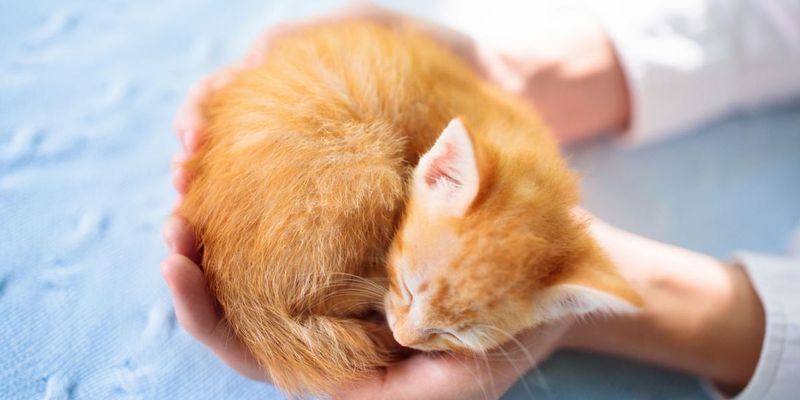
Despite their social side, cats often enjoy solitude and will seek out quiet spots to sleep alone. This solitary napping is a throwback to their ancestry, where staying low-key meant staying safe.
It allows them to rest without interruption, fully relaxed in their personal space. If your cat chooses to nap in a secluded nook, they’re simply indulging their natural preference for a peaceful, undisturbed rest.

